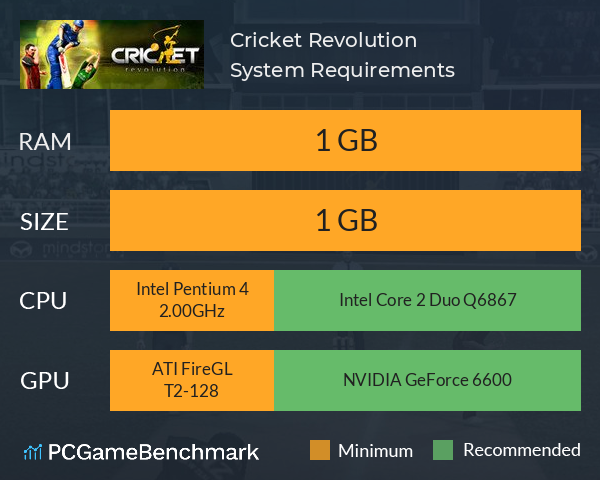

They were more like Wham!, with no George Michael and two Andrew Ridgeleys. Brown’s speechwriter Douglas Alexander even says: “They were literally the Lennon and McCartney of British politics.” Rubbish. It is an inside job, with Labour veterans – Patricia Hewitt, Anji Hunter, Ed Balls, Alastair Campbell et al – as unreliable narrators.

The biggest problem with this first episode of five, though, is something else. Which is odd, when you think about who many of the same people elected in 2019. That, too, explained why the Tories trounced Labour in 1992: much of the electorate didn’t want a vainglorious duffer at number 10. We don’t see the moment, that – 29 years on –makes my face burn with embarrassment, of the Labour leader at the pre-election Sheffield rally, whooping to the faithful “We’re all right! All right!”, the personification of pride before a fall. But it omits another crucial reason: the Kinnock factor. The suggestion here is that the British electorate still didn’t trust Labour to run the economy. Yes, ditching the red flag in favour of the red rose to dissociate the party from Soviet communism may to some still seem like throwing out the socialist baby with the Warsaw Pact bathwater, but as director of communications he at least helped make party conference something that it certainly wasn’t last week – a gripping spectacle.īut in 1992 Mandy’s makeover wasn’t enough. By that year, Neil Kinnock had remade the Labour party with a little help from an ill-advisedly moustachioed ex-TV producer called Peter Mandelson. Nor was one key factor in Labour’s even more catastrophic defeat in 1992. Really, it was a triple whammy, but the decisive bump Thatcher got from the fatuous Falklands feelgood factor is never cited. Labour’s disastrous defeat is ascribed here to a double whammy of bad substance (its election manifesto was dubbed by Gerald Kaufman as the longest suicide note in history) and bad style (and indeed Michael Foot’s spectacles, prefiguring Jeremy Corbyn’s circa 2019, did not fit). We start in 1983 with Blair and Brown elected to a parliament in which Thatcher had returned with a 144-seat majority. I distrusted this programme for its omissions. Not so much, “You’ve got the brawn, I’ve got the brains, let’s make lots of money”, as, “I’ve got the teeth, you’ve got the post-endogenous growth theory, let’s break the mould of British politics.” Brown’s was the old story, says Labour’s former home secretary John Reid: “The prince couldn’t wait for the king to die.”Īnd yet, from 1983 onwards, this odd couple of Caledonian Thistle and Cheshire Cat were co-conspirators, unwittingly echoing Opportunities, the Pet Shop Boys’ takedown of Thatcherite mores. From early on, he too was fixated on power – the upstart thane eyeing the crown. This self-regarding image of selflessness is undone by footage of him as Edinburgh University’s 24-year-old rector, lolling in pomp at an official meeting on what looks like a throne. Against a montage of east Fife’s redundant mills and collieries, a careworn 2021 Brown presents his young self as motivated by social justice.

Though there were fewer body bags, Blair’s rise was no less ruthless.Īs for Gordon Brown, he was never rock’n’roll. For me, though, it tells another story: the same tune was used in Goodfellas over a montage of mob hits, with a voiceover by Ray Liotta. The incidental music, Layla Pt 2 by Derek and the Dominos, embellishes the sexy rocker theme. Or catastrophe – depending on your stance on the Iraq war. He looks like everybody’s worst nightmare – a half-naked public schoolboy and wannabe badass who – when he wasn’t studying law at Oxford – was picking out Stairway to Heaven on a guitar to impress the ladies. I n Blair & Brown: The New Labour Revolution (BBC Two), we see a photo of Tony Blair aged 20, all teeth and no top.


 0 kommentar(er)
0 kommentar(er)
